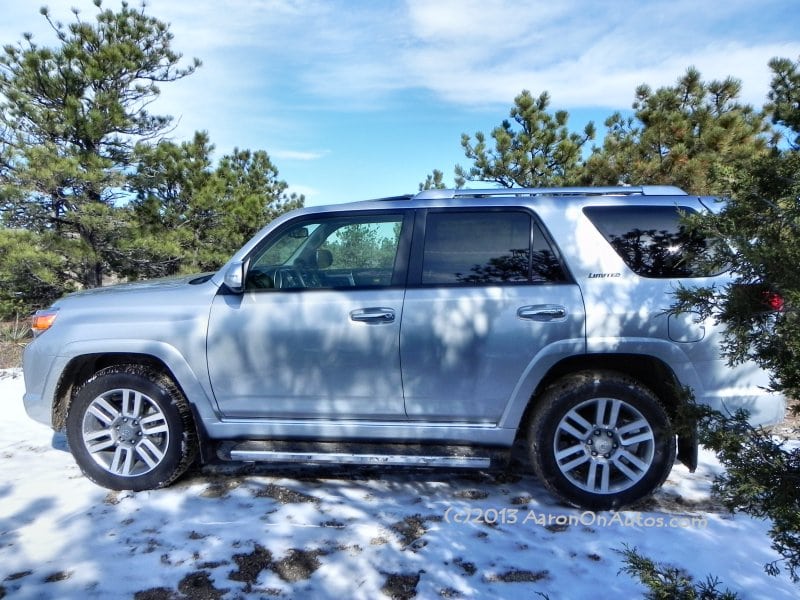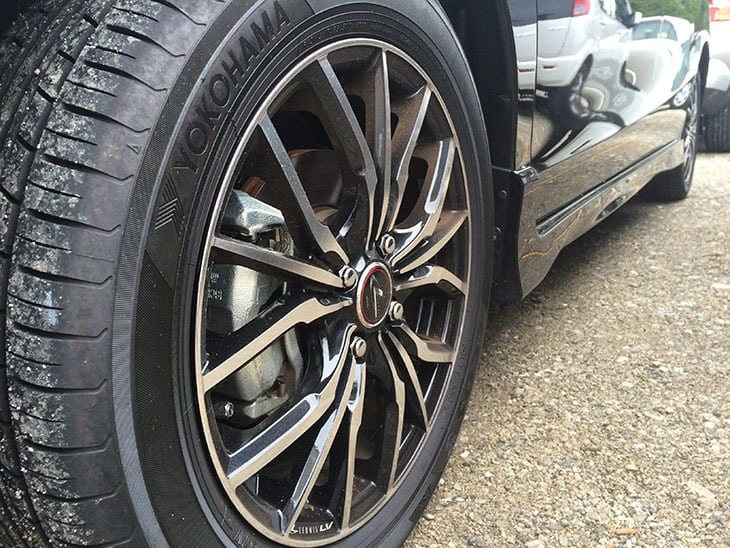Anant Gandhi, Bridgestone Americas product manager, and Mark Cox, director of the Bridgestone Winter Driving School, have debunked four pervasive myths about winter driving in a new infographic. After the graphic below, you can find more information about the myths.
The myths are:
Myth 1: You don’t need winter tires unless it’s snowing.
A snowplow can’t clear the cold. When it comes to winter tires, temperature matters. “All tire rubber will begin to stiffen as the weather gets colder, but the latest generations of winter tires remain flexible in freezing temperatures, maintaining traction and available grip,” said Anant Gandhi, Bridgestone Americas product manager. “Your tires are the one thing between your car and the pavement. As temperatures approach freezing, winter tires can provide increased traction, braking and handling.”
Myth 2: If you have all wheel drive, you’re good to go in the snow.
Four-wheel drive gets you going by making the most of tire traction, but it doesn’t improve stopping or cornering. That depends on tire grip. “Lots of people who come out to the Bridgestone Winter Driving School think that four-wheel drive is all powerful in winter conditions,” said Mark Cox, director of the Bridgestone Winter Driving School. “It doesn’t matter whether you have four-wheel drive or two-wheel drive, when it comes to stopping it’s all about tire grip. That’s when winter tires are especially important. Installing winter tires on all wheel positions will improve surface grip in most winter road conditions.”
Myth 3: If you have all-season tires, you may not need to switch to winter tires.
All-season tires are designed with both winter and summer performance in mind, but they do not offer maximum performance in either season. Winter tires are designed to remain flexible even at extremely low temperatures.
“An all-season tire and even an M&S (mud and snow) tire do not provide maximum traction in wintery conditions as a true winter tire does,” added Gandhi. “When you equip your vehicle with winter tires you may be better prepared for changing road conditions.”
Myth 4: Under-inflate your tires for better traction.
Never reduce tire pressures in an attempt to increase traction on snow or ice. “Deflating your tires simply doesn’t work in this situation. In fact, you could end up damaging your tires if you drive on them under-inflated,” said Gandhi.








